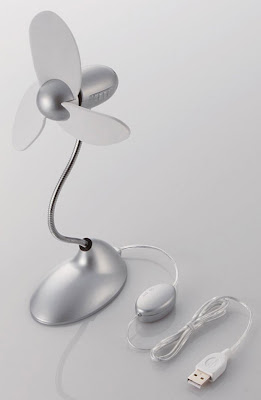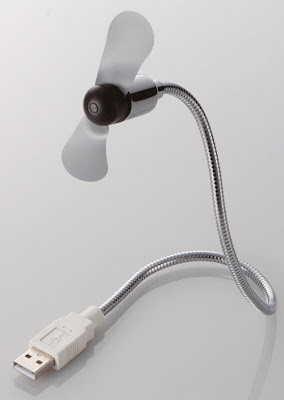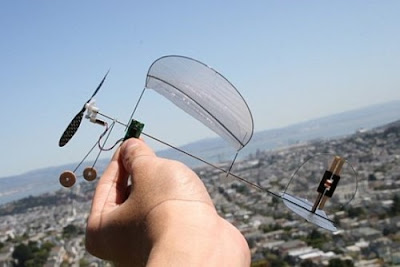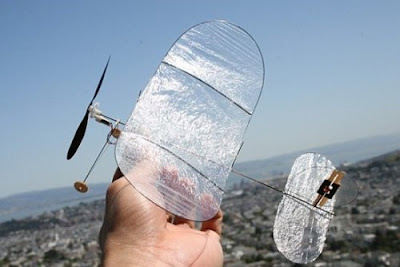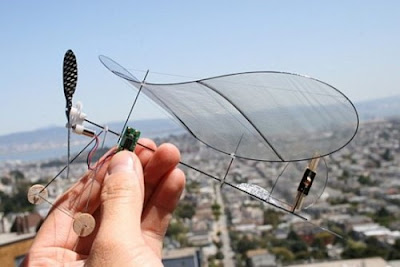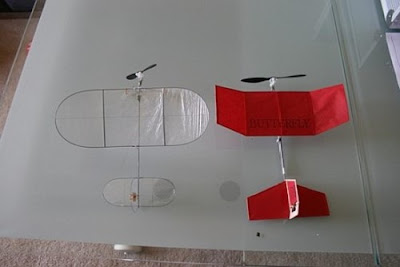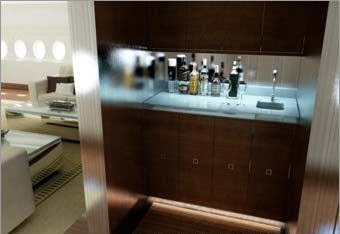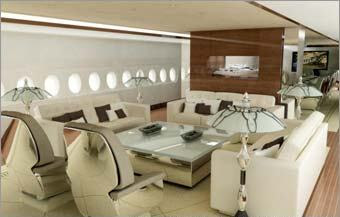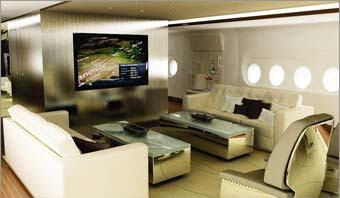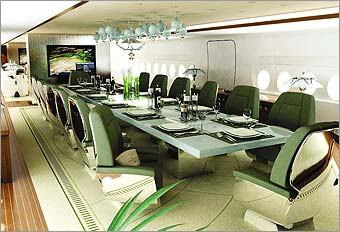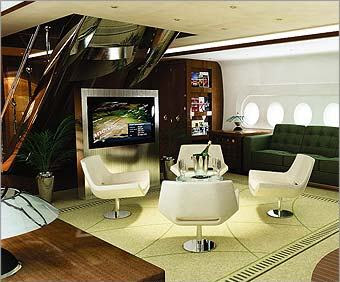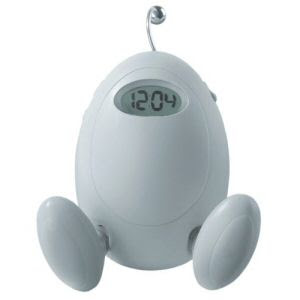The HTC Touch Diamond is an ambitious smartphone. It is clearly intended to compete head-to-head with the iPhone, and appeal to the average consumer, not the business users that most Windows Mobile smartphones are sold to. To do this, HTC has come up with its own touch-oriented user interface that replaces the standard one.
Its focus on consumers does not mean it has been stripped down; instead, it's loaded with high-end features like a VGA touchscreen, 3G, Wi-Fi, GPS, and 4 GB of on-board storage.
Despite all this, the Diamond is intended for people who are looking for something better than a regular feature phone, not for hard-core smartphone users. There are several things about this model that long-time Windows Mobile users won't like.
But first-time smartphone users will appreciate the many small touches that have been added that make this device more intuitive to use.
A Whole New Look: TouchFLO 3D
The cornerstone of the Diamond is TouchFLO 3D, HTC's user interface that has been overlaid on Windows Mobile 6.1 Pro.
Consumers in general haven't warmed up to the standard Windows Mobile user interface. TouchFLO 3D essentially takes over the look and feel of this smartphone, and aside from a few things like the Start Menu it would be easy to forget that it is running Windows Mobile at all.
I'm pleased with the new UI that HTC has created. It's simple to understand, fast, and easy to use.
It's primary goal seems to be to allow you to control all of the common tasks of your smartphone with your finger, without ever taking out the stylus. This just isn't possible with the regular version of Windows Mobile, but it is with TouchFLO 3D.
And it isn't just a fancy launcher the way the original version of TouchFLO was. It extends throughout the features on the Touch Diamond. There's a couple of finger-friendly keyboard layouts that can be used in any application, for instance. And the items in the Start menu can be enlarged to make them easier to select with a fingertip.
All the commonly performed tasks are grouped into side-by-side windows, so you can easily scroll between them. This allows you to, for example, move over to the audio player and start a song playing, then scroll back to read a new email.
Each section has a large icon that displays a thumbnail of something appropriate. For example, in the email section you see an icon of a message. (In one of my favorite features of TouchFLO 3D, this icon has your actual email text printed on it.) In the Photos and Videos section, you see thumbnails of all the multimedia items on the device. You can move between items in any section by swiping up or down on them with your fingertip.
I can only give you a brief overview of TouchFLO 3D, but have to emphasize that if you have passed on a Windows Mobile smartphone in the past because you didn't like the way it looked or acted, then you should give the Diamond a look, because it is a horse of a different color.
Living Up to Its Name
Externally, the Touch Diamond is a small device, and it's easy to tell that HTC worked hard to make it look "sexy".
 |
| (view large image) |
It is taller than its predecessor, the HTC Touch, but not nearly as wide. And while the previous model emphasized curves, the new version is rigidly angular. (see here)
The most unusual thing about he design is the faceted back panel. The facets are slightly raised, and although the smartphone feels comfortable to hold, it's going to be a challenge for hardcase makers. Because it's thicker in the middle than on the edges, the Touch Diamond can be rocked slightly on a flat surface.
About the most negative thing I say about the exterior is its shiny surface easily picks many, many fingerprints.
Not a Cluttered Design
The HTC Touch Diamond emphasizes control through its touchscreen, and therefore eschews many buttons. There are four on the front (Home Back, Place a Call, Hang Up a Call), the volume buttons on the left side, and there's a power button on top.
Also on the front is the Directional Pad. This takes a bit of getting used to, because in order to push Up or Down, Left or Right, you don't actually touch the D-Pad itself; instead you touch the flat area immediately next to it.
In addition, the D-Pad does double duty as a scroll wheel. By spinning your finger around the outside of the central button zooms in and out on the screen. This works in many of the applications on the Touch Diamond, including the web browser.
Incidentally, the area around the D-Pad acts as the notification light. A white circle of lights blinks to alert you of a new email, for example, and it cycles through a cool pattern of lights when the device is charging.
There's another control on the Diamond that's completely hidden: an accelerometer. This lets you control this smartphone by moving it around. You switch between portrait and landscape modes by turning the device on its side, for example.
And suppose you're sitting in a meeting with your phone on the table in front of you, and a call comes in that you can't take right now. All you have to do is turn the Diamond over onto its face and the call will immediately be silenced. (This is another of my favorite features of this smartphone).
Beautiful, but Small, Display
The touchscreen on this device is beautiful, and its VGA resolution makes everything look very crisp. Naturally there's no bezel around it, so the front of the device is almost completely flat, making it easy for you to touch items with your fingertips.
But keep in mind, this screen is only 2.8 inches, which limits how much text you can pack onto the display before it becomes too small to read. Expect to do a lot of scrolling when reading long emails or documents. It's just large enough for playing easily-viewable video, though.
 |
| (view large image) |
Just about my only real complaint with Diamond is its ability to rotate the screen between portrait and landscape is very limited. You can't assign a button to rotate the screen, instead you rotate the screen by turning the device on its side. This is cool, but there's only a couple of apps you can do that in. Otherwise you're stuck on portrait mode.
Just about the only times you can go to landscape mode are when you're looking at images or video. You can't go to landscape when reading an email or using Google Maps.
I asked my contact at HTC about this, and he told me that the Diamond was specifically designed to be used one handed. Using a device this way requires portrait mode, so they did not add support for screen rotation everywhere.
Windows Mobile Under the Hood
As I said, TouchFLO 3D makes the Touch Diamond act like no other Windows Mobile device out there, but HTC hasn't thrown the baby out with the bathwater. This smartphone still has many of the best features of Microsoft's operating system.
It has the ability to run a huge number of applications written for this mobile OS, including tons of games (arcade, racing, RPG, etc.), alternate video players, and more. There's even a version of SlingPlayer for it, if you want to watch live TV on the go.
This is a consumer-oriented device, but Windows Mobile offers plenty of business features. These have been mostly hidden, but they are still there.
For example, the Diamond is bundled with Office Mobile, which lets you work with Word, Excel, and PowerPoint documents. This smartphone also supports Exchange ActiveSync, Microsoft's Push email system. I assume features like this are there for executives who can't resist such a cool phone.
And this device has plenty of power for running professional software. It includes a 528 MHz Qualcomm processor, and a very generous 192 MB of RAM.
Web Browsing and Messaging
HTC has bundled the Diamond with a version of the Opera web browser. This is a pretty good mobile browser; better, in my opinion, than Microsoft's Internet Explorer.
As I mentioned earlier, you can easily zoom in on sections of web pages with the D-Pad, and putting this application into landscape mode is as easy as turning the smartphone in its side.
It's theoretically possible to do all your surfing with your fingertips, but Opera is one of the few apps where I find myself occasionally having to pull out the stylus in order to tap on links.
This smartphone uses the standard Windows Mobile messaging software, but puts a pretty face on it with TouchFLO 3D, which is a nice compromise.
You can use it to check your email on just about any provider, including the big ones like HotMail and Gmail.
It also supports Texting and MMS messaging. Texts are displayed in threads, so you can see all the messages you've exchanged with each person listed together, both the ones you've sent and the one's you've received. This makes it easy to keep track of conversations.
Play It Again, Sam
The Diamond is bundled with two separate music and video players. One of these is part of TouchFLO 3D, and naturally is very fingertip friendly.
 The other is the mobile version of Windows Media Player, which isn't nearly so finger-friendly, but supports some features the TouchFLO one does not, like streaming video and audio.
The other is the mobile version of Windows Media Player, which isn't nearly so finger-friendly, but supports some features the TouchFLO one does not, like streaming video and audio.
The version of the Opera web browser that's on the Diamond doesn't support embedded Flash video, but this smartphone comes with a stand-along YouTube player, that will play video full screen.
The Diamond also has a built-in FM radio, allowing you to listen to music just about any time for free. This requires that the headphones that come with the device be plugged in, as they act as the antenna.
Speaking of the headphones, these are decent, and can be used for both music and phone calls. This is good, as this phone uses a proprietary connector. If you want to use your own headphones you'll have to buy an adapter.
4 GB Onboard
In order to allow you to store a good number of multimedia files, the Diamond comes with 4 GB of built-in storage. That's enough capacity for more than 1,000 digital songs or more than 2,000 high-resolution pictures or up to 8 hours of MPEG-4 video.
While this much storage is generally a good thing, it's somewhat controversial among hard-core users because it is in place of a memory card slot. Still, it's far more capacity than the average mobile phone offers these days, and the Diamond isn't targeted at hard-core users.
This smartphone offers Drive Mode, so if you plug it isn't the USB port on your PC or Mac, it will show up as a removable drive. This makes moving files onto or off of your desktop or laptop a breeze.
3G and Other Wireless Networking
The Diamond is a GSM phone that offers 3G high-speed networking. If you're new to 3G, it allows for wireless connections that approach what you get from Wi-Fi. It's fast enough to make mobile web surfing practical.
But there's something that N. American users need to be aware of. The first version of this model that's available now doesn't include the 3G frequencies used in N. America. There'll be a version that includes these released later in the year. You can still use the current one for voice and the 2.5G standard EDGE, though.
In addition to its cellular capabilities, the Diamond has Wi-Fi, so you can connect to a HotSpot to download files even more quickly than you can with a 3G connection.
This smartphone also has Bluetooth, so you can use you wireless headset of hands-free car kit with it.
Say Cheese!
The cameras on cell phones are convenient, but are generally fairly poor quality. Fortunately, they are slowly getting better, and the one in the Diamond is a good example of this.
It's a 3.2 megapixel camera, and gives you a wide variety of resolutions in which to take pictures. At the higher resolution these look nice. Check out Example 2 below for an idea of what this camera can do at its best.
- Example 1 -- 1 MPx (960 x 1280), Outdoors, Strong light
- Example 2 -- 3 MPx (1536 x 2048), Outdoors, Shade
- Example 3 -- 1 MPx (960 x 1280), Indoors, Low light
Even the lower resolution pictures aren't bad, as long as you keep in mind that the Diamond doesn't include a flash, so you'll need good lighting.
Navigation via GPS
The Diamond has a built-in GPS receiver, but the standard model doesn't come bundled with navigation software.
I've tested it out with the free Windows Mobile version of Google Maps, and it worked well. You can't rotate the screen into landscape mode, but other than that I have no complaints.
I don't anticipate any problems for those who add a navigation package that's more robust.
User Hostile Stylus
HTC has worked hard to design the Diamond so you don't ever have to pull out the stylus. This is a good thing, because the stylus is one of the worst I've used.
It's very short, and in order to make the end of it fit in with the faceted back of the device it's covered in sharp angles that dig into your finger when you're writing.
That said, there are some cool things about the stylus. Pulling it out of its slot will automatically turn the Diamond on, for example.
Also, there's a magnet in the stylus that holds it in the slot, so you're far less likely to lose it.
Battery Life?
This smartphone's 900 mAh battery is a cause for concern for some, as many similar devices already on the market have much higher capacity batteries.
I wish I could give a definitive answer on this; however, I'm testing the Diamond in N. America, so I can't get a 3G connection, and that can be one of the biggest drains on a phone of this type.
I can tell you that I have no complaints about the battery life with my setup. I regularly get two or three days of use on a single charge. Of course, this is with light use, as this device isn't intended for people who surf the Web or read ebooks on their smartphone hour after hour. To the target market, having a phone that fits easily in a pocket is more important that many hours of continuous use.
Plus , there's another thing in the Diamond's favor: Microsoft has made the latest version of Windows Mobile use significantly less power than its predecessor.
HTC Touch Diamond Specifications
- Windows Mobile 6.1 Professional
- 528 MHz Qualcomm processor
- 192 MB SDRAM, 256 MB ROM, 4 GB internal storage
- 2.8-inch touchscreen with VGA resolution
- GPS and A-GPS ready
- Tri-band GSM/GPRS/EDGE (900/1800/1900 MHz) HSDPA (900/2100 MHz)
- Wi-Fi (IEEE 802.11 b/g), Bluetooth 2.0 with EDR
- 3.2 megapixel camera with auto focus, VGA videoconferencing camera
- FM radio
- 3.9 inches by 2.0 inches by 0.42 inches (99mm x 51mm × 10.7mm)
- 900 mAh Battery
We Have a Winner
The HTC Touch Diamond is the most consumer-friendly Windows Mobile smartphone yet. It's both powerful and easy to use. People looking to step up from a regular phone to a much more feature-rich one should seriously consider this device.
HTC has clearly put many hours of thought into how to make a smartphone more intuitive, and this device shows it.
I predict big things for this product, with sales in the millions.
As cool as the Touch Diamond is, and it is very cool, those who are looking for a high-end for business device should look elsewhere. This is a smartphone primarily for consumers who won't miss the features it's lacking, like a memory card slot.
If you're tempted by this model but wish it offered more for business users, you should wait for the HTC Touch Pro (aka HTC Raphael). This is an upcoming model for professionals, with better landscape support, a hardware keyboard, memory card slot, and more.
Resource 1



 The other is the mobile version of Windows Media Player, which isn't nearly so finger-friendly, but supports some features the TouchFLO one does not, like streaming video and audio.
The other is the mobile version of Windows Media Player, which isn't nearly so finger-friendly, but supports some features the TouchFLO one does not, like streaming video and audio.



















